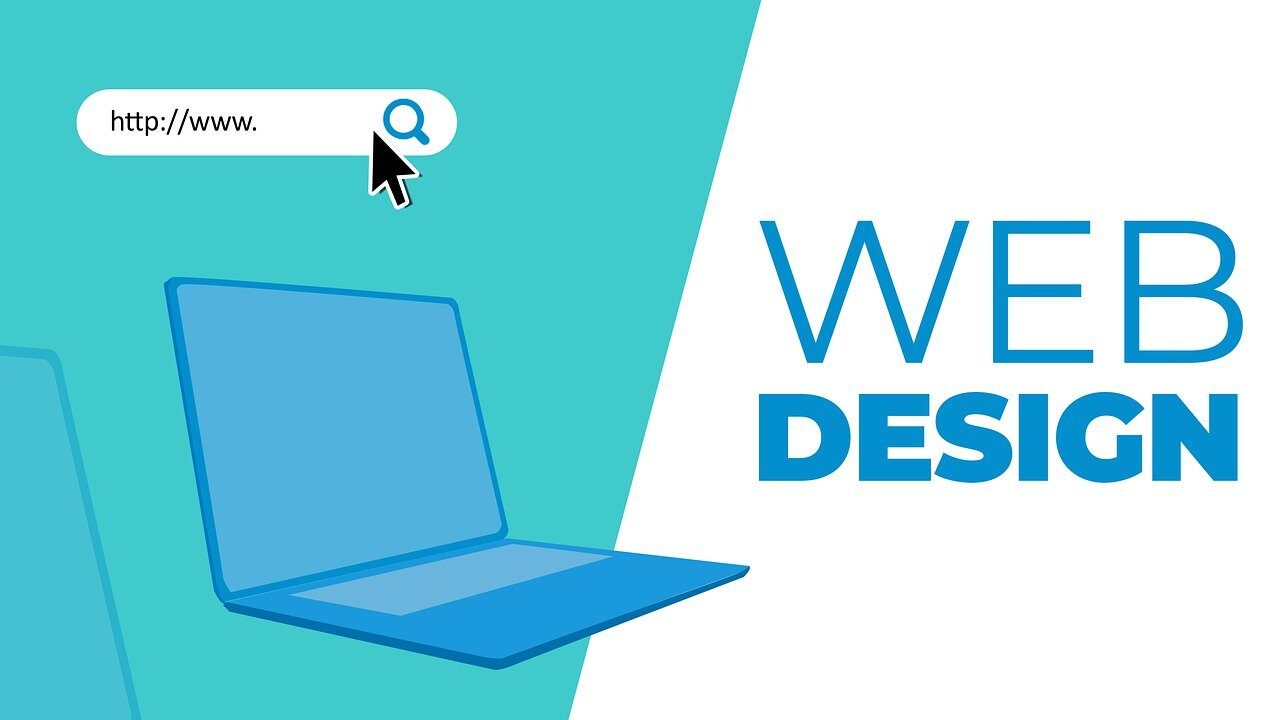Web applications have become the most common means of interaction between users on any platform in the world. No one wants to keep typing for a particular URL on their search engine frame whenever they want to use a platform. However, all web applications are not created equal.
Progressive web apps take a bigger bite of the pie as they remain the favourite choice for many users in the world. More so, they fulfill all the conditions that many apps hosting platforms mete out.
While we will strongly look at progressive web apps on a large scale, we will also check out their creation process. Furthermore, we might look at places wherein they function optimally.
What are Progressive Web Apps?
A progressive web application (PWA) is an application that depends on the web to function optimally. In creating these PWAs, common tools such as HTML, CSS and JavaScript were instrumental in the building process. These applications work on a variety of devices such as tablets and desktops, as long as they use a standards-compliant browser.
A lot of web developers believe PWA features strongly reduce the gap between user experience in web-based and native applications.
Strangely, a progressive web app doesn’t need any separate bundling or distribution. As a developer, you can simply publish the web application online, with an assurance it meets the necessary “installability requirements”. If users cannot add the app to their home screen, then that’s a serious problem. Choosing to publish your application in an online store is optional for you.
Lately, PWA features get immense support from Google Chrome, Apple Safari, Firefox for Android, and Microsoft Edge, but not Firefox for desktop. Their actions keep helping online businesses hit new revenue goals as they gain better metrics from dwell time and conversions.
Further Reading: 9 Tools for Easy Competitive Website Analysis
Attributes of Progressive Web Apps
As long as your browser conforms to the right web standard, progressive web apps will work perfectly on it. From the onset, the aim has remained to help developers create cross-platform apps easily. Every PWA has key features that form its general makeup. According to Wikipedia, they include:
- Progressive — Works for every user, regardless of browser choice, using progressive enhancement principles.
- Responsive — Fits any form factor: desktop, mobile, tablet, or forms yet to emerge.
- Faster after initial loading – After the initial loading has finished, the same content and page elements do not have to be re-downloaded each time.
- Connectivity independent — Service workers allow offline uses, or on low-quality networks.
- App-like — Feels like an app to the user with app-style interactions and navigation.
- Fresh — Always up-to-date because of the service worker update process.
- Safe — Served via HTTPS to prevent snooping and ensure they have not tampered with the content.
- Discoverable — Identifiable as an “application” by manifest.json and service worker registration, and discoverable by search engines.
- Re-engageable — Ability to use push notifications to maintain engagement with the user.
- Installable — Provides home screen icons without the use of an App Store.
- Linkable — Can easily be shared via a URL and does not require complex installation.
Further Reading: 10 Tips for Developing a Fantastic Mobile-Friendly Website
What Technologies Are Involved in Progressive Web Apps
Creating a PWA has a lot of technological requirements. Although a manifest forms one of the core requirements, you’ll get to see other technologies you need to use. These technologies include:
Manifest
A good definition of a manifest would describe it as a W3C specification that defines a JSON-based manifest (usually labeled manifest. JSON). This manifest usually helps developers access a central environment wherein they can store to put metadata associated with a web application.
Developers can store information that includes:
- Name of Web Application
- Web Icons and Image Links
- App launch URL
- Web Configuration Data
- Default Orientation of Web App
- Display Option Settings
Every metadata here is vital if you ever want an app to be easily added to the home screen alongside other native apps.
WebAssembly
On PWAs, WebAssembly helps a pre-compiled code to run efficiently in a web browser at great speed. Hence, libraries written in languages such as C can join web apps without hassle. Because of the enormous cost involved in passing data from JavaScript to WebAssembly, its near-term uses will focus on number-crunching rather than the complete application.
Data storage
You can execute PWA contexts in different scenarios. So, you would need to ensure you store a majority of long-term internal state such as the user data in your web store.
According to Wikipedia, Web Storage is a W3C standard API that enables key-value storage in modern browsers. The API comprises two objects, sessionStorage (that enables session-only storage that gets wiped upon browser session end) and localStorage (that enables storage that persists across sessions).
Service workers
A service worker is a web worker that sets into play a programmable network proxy that can respond to web/HTTP requests of the key document. This worker can check the availability of a remote server while caching content when that server is available. This way, it will present that content as a functional document.
Service workers, like any other web workers, work separately from the main document context. Service workers take care of all push notifications while harnessing data in the background, performing cache or retrieve resource requests, intercepting network requests and downloading centralized updates independently of the document that registered them, even when that document is not loaded.
All service workers follow through the three-step life cycle of Registration, Installation, and Activation. Registration communicates the browser the location of the service worker to prepare for installation while Installation happens during a lack of a service worker installed in the browser for the web app, or if there is an update to the service worker.
In summary, activation happens when all PWAs pages are closed, hence, there is no conflict between the old version and the updated one. With this life cycle, maintaining consistency in switching versions between only a single service worker can be active for a domain.
Indexed Database API
Indexed Database API is a W3C standard database API that you can find in many browsers. Modern browsers support this API that enables storage of JSON objects and any structures that possess string like representations. Indexed Database API can be used with a wrapper library providing additional constructs around it.
AppCache (obsolete)
Application Cache (or AppCache or HTML5 cache manifest) is a technology that allowed the application to cache content in advance for later use whenever the device went offline. This Appcache works adequately for single-page applications wherein it follows its design. It doesn’t fare so well with multiple page designs. Although major browsers love the design, service workers will still trump it.
Conclusion
Progressive web apps continue to forge a path that makes it easy for individuals to download and use a range of applications directly from their home page. With deep research levels in place for app developments, the importance of a manifest and service workers will continually shoot up.





